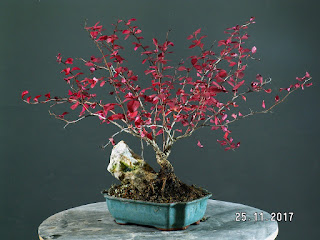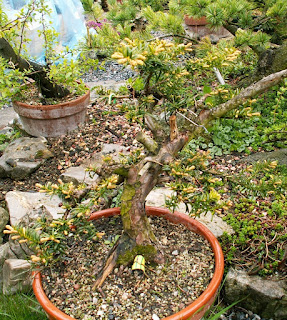So, back to the yew and the bending of the remains of the original trunk. In summary, I have tested two methods of bending thick branches_dead wood. 1. Method cut and close 2. Hot water to soften the wood to make it less resistant to bending (see the previous article for details ) After the bending and bit of carving Top jin_before the bending After. Detail As a hobby joiner I have always thought about bending thick branches using heat as this is very old technique used in joinery for centuries. Well, I should rather say using hot steam than just heat. In practice, I have simplified the thing even further and instead of using the hot steam I have used a boiling water. After this treatment I felt that the wood is "softer" and I was able to bend it. Definitely much less than I have hoped, though. I think that the hot steam would work much better nevertheless I would need quite different set up for this. Taking into acc




